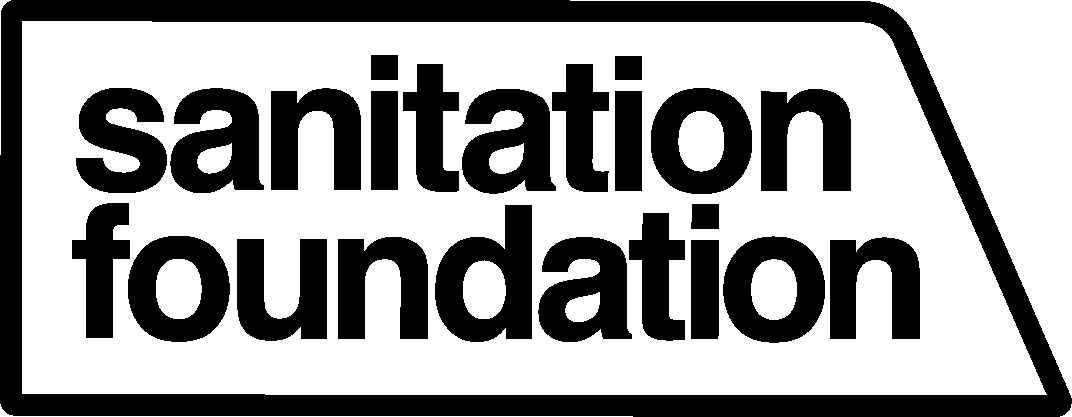Mapping NYC’s Waste Infrastructure from Basement to Barge
by: Jesi Cruz
Every day the New York City Department of Sanitation collects and transports approximately 12,000 tons of household waste in trucks, trains, and barges while, below the ground, 6,000 miles of sewer pipes make it possible for the Department of Environmental Protection to treat 1.3 billions of wastewater. This daily movement of discarded materials relies on an organized waste management system complete with extensive and diverse types of waste infrastructure that New Yorkers and visitors engage with and experience in numerous ways. From easily recognizable waste system features like marine transfer stations and landfills to green infrastructure developments like constructed wetlands and rain gardens, and beyond, the means by which DSNY protects the city, prevents public health crises, and mitigates the spread of disease via local waste infrastructure vary greatly.
Fortunately, many resources exist to help visualize how local waste infrastructure works and how the myriad components of the waste system work together to make the monumental task of managing the waste of over eight million people possible. One example is the free, online NYC Open Data platform created to offer New Yorkers access to data produced and used by city agencies. A joint project developed by the Mayor’s Office of Data Analytics (MODA) and the Department of Information Technology and Telecommunications (DoITT), NYC Open Data contains countless datasets, maps, and other resources that provide updated information about a wide array of policy-driving data. The Open Sewer Atlas, for instance, was created to make the city’s sewer system more transparent.
To see the locations of over 50 DSNY Garages, and download the datasets for personal or educational use, visit the DSNY Garages maps, on the Open Data platform or DSNY website, that list the addresses of each garage and ensure visibility. Likewise, the DSNY Litter Basket Map showcases the types and locations of litter baskets that are tracked by DSNY. For businesses or individuals interested in adopting a basket, this resource can help understand trends and changes throughout the years. There are many other maps available on the Open Data platform devoted specifically to waste-related infrastructure that can help showcase the expansiveness and history of waste management in the city.
Additionally, the DSNY offers numerous resources that map the city’s waste infrastructure on their website. These maps include, but are not limited to, the Commercial Waste Zones Map, Clothing and Textile Drop-Off Map, and NYC Food Scrap Drop-Off Site Map. Each map reveals how many different features of the city make up local waste systems and directly impact waste streams. They also offer insight into how each neighborhood connects to overarching waste infrastructure.
Residents of New York City are connected to waste infrastructure in more ways than is discussed or even acknowledged. Technically, every apartment building, brownstone, and house in the city is an informal waste transfer station. Every home is one of the last places discarded materials are held and sorted before being transferred to a DSNY collection truck or taken to a compost drop-off site. Every person who handles materials that ultimately make their way into a DSNY building or vehicle plays an important role in the maintenance of local waste streams, systems, and infrastructure. When mapping the city’s waste infrastructure, it is imperative that all features of waste systems be taken into account. Even those with seemingly indirect impacts on the system, like household trash cans, given the complex and surprisingly close relationship between DSNY and the civilians who call NYC home.
Given the complexity of the city’s waste systems, and everyone’s relationship to it, it is important to be more mindful of the ways individual behaviors can impact it. For better and for worse. Next time you toss your trash, think about how your home fits into the bigger picture of waste infrastructure in NYC!




